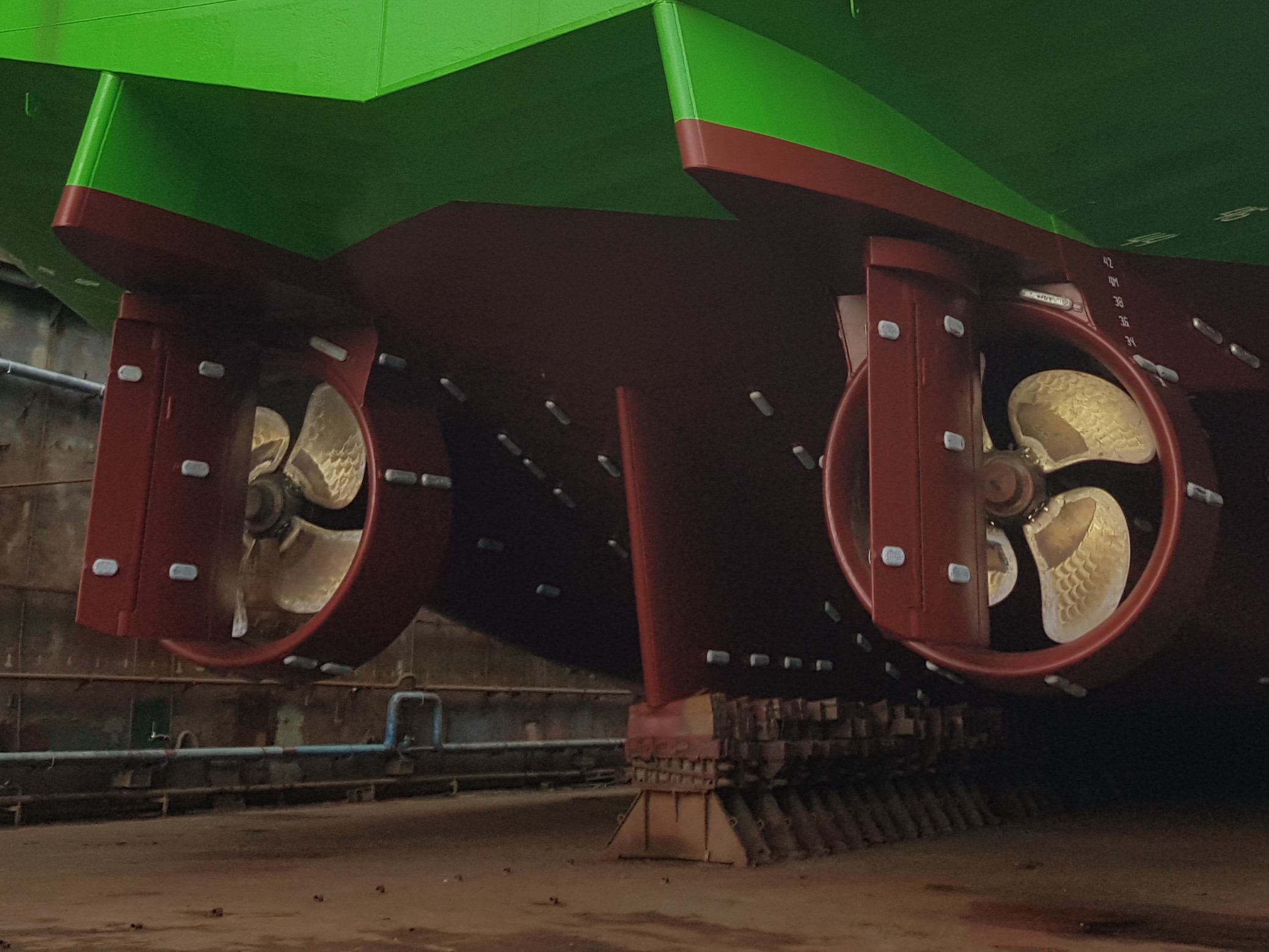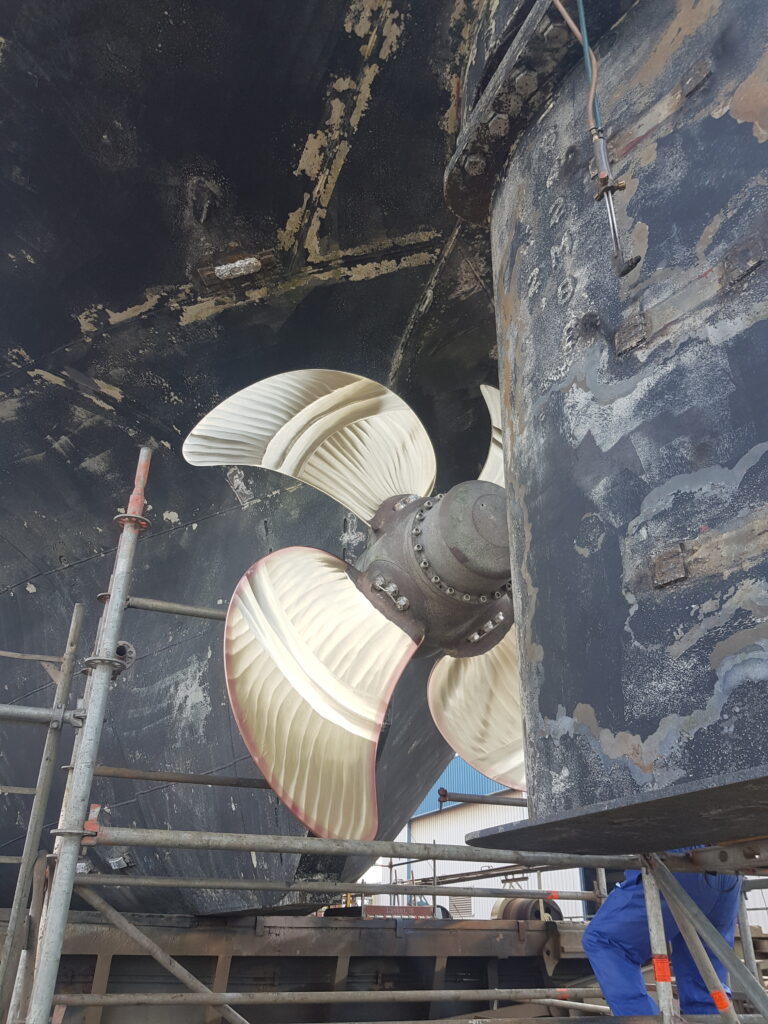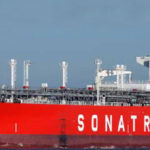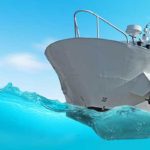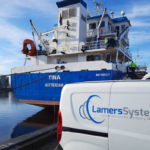Fouling on the underwater hull creates resistance that reduces sailing speed and is therefore detrimental to the efficiency of the ship’s propulsion. When this loss of sailing speed is compensated by using more engine power, fuel consumption naturally increases. Until recently, the magnitude of this effect was unknown. In the past, various studies have been conducted to determine the relationship between biofouling on the ship’s hull and fuel consumption. However, until recently, the (detrimental) influence that fouling has on a propeller has never been thoroughly investigated. In 2018, a study at the University of Strathclyde in Glasgow revealed how significant this effect actually is.
The Characteristics and Operating Principle of a Propeller
The design of many propulsion systems in shipping is customer-specific. The propeller is often an important component of this and is custom-made and calibrated to the millimeter for each ship. All specifications are tailored to the activities and characteristics of the vessel. Many factors are taken into account: the complex hydrodynamic streamlining of the hull, the desired sailing speed, the work the ship performs, and the waters in which the vessel operates. These variables all influence the propeller design. The height and width, the thickness, the pitch angle of the blades: everything is designed to consume as little fuel as possible and maintain the most efficient speed.
The Impact of Fouling on Propeller Performance
The aforementioned academic research has yielded groundbreaking results. It has been demonstrated that fouling in the most extreme cases can lead to an efficiency loss of more than 30% compared to the performance of a smooth, fouling-free state of the propeller. Even a small amount of fouling is already noticeable in fuel consumption. Biofouling therefore has a direct impact on operational costs.
Removing Fouling from the Propeller
Fouling is often removed with a high-pressure hose when the ship is in dry dock. If the ship cannot wait until the next dry dock, propellers are also regularly polished underwater. Biofouling on the propeller is an inevitable problem for some ships in fouling-prone conditions after just three months. Underwater polishing provides a temporary solution, as three months after such cleaning, the diver can often return to perform the task again. This maintenance costs money and has disadvantages for propeller performance. These cleaning sessions are sometimes noticeable in fuel consumption because the propeller is deformed by a few millimeters.
The Environmentally Friendly Solution
By preventively deterring fouling on the propeller and thereby making regular cleaning unnecessary, fuel consumption can be prevented from increasing. A solution for this is the Ultrasonic Anti-Fouling System.
The Ultrasonic Anti-Fouling system creates an ultrasonic sound wave at the surface of a structure. This causes bubbles to form at a microscopic level, which then implode with force and thereby combat the first phase of fouling: the attachment of single-celled organisms that together form the biofilm layer. By preventing this biofilm layer, multicellular organisms, such as larvae of mussels or cockles, have no opportunity to attach to the surface. This makes the Ultrasonic Anti-Fouling system a preventive and sustainable solution.
More information about the Ultrasonic Anti-Fouling system to reduce your fuel consumption? Please contact us: info@LSCare.nl
Click here for the University of Strathclyde study.


